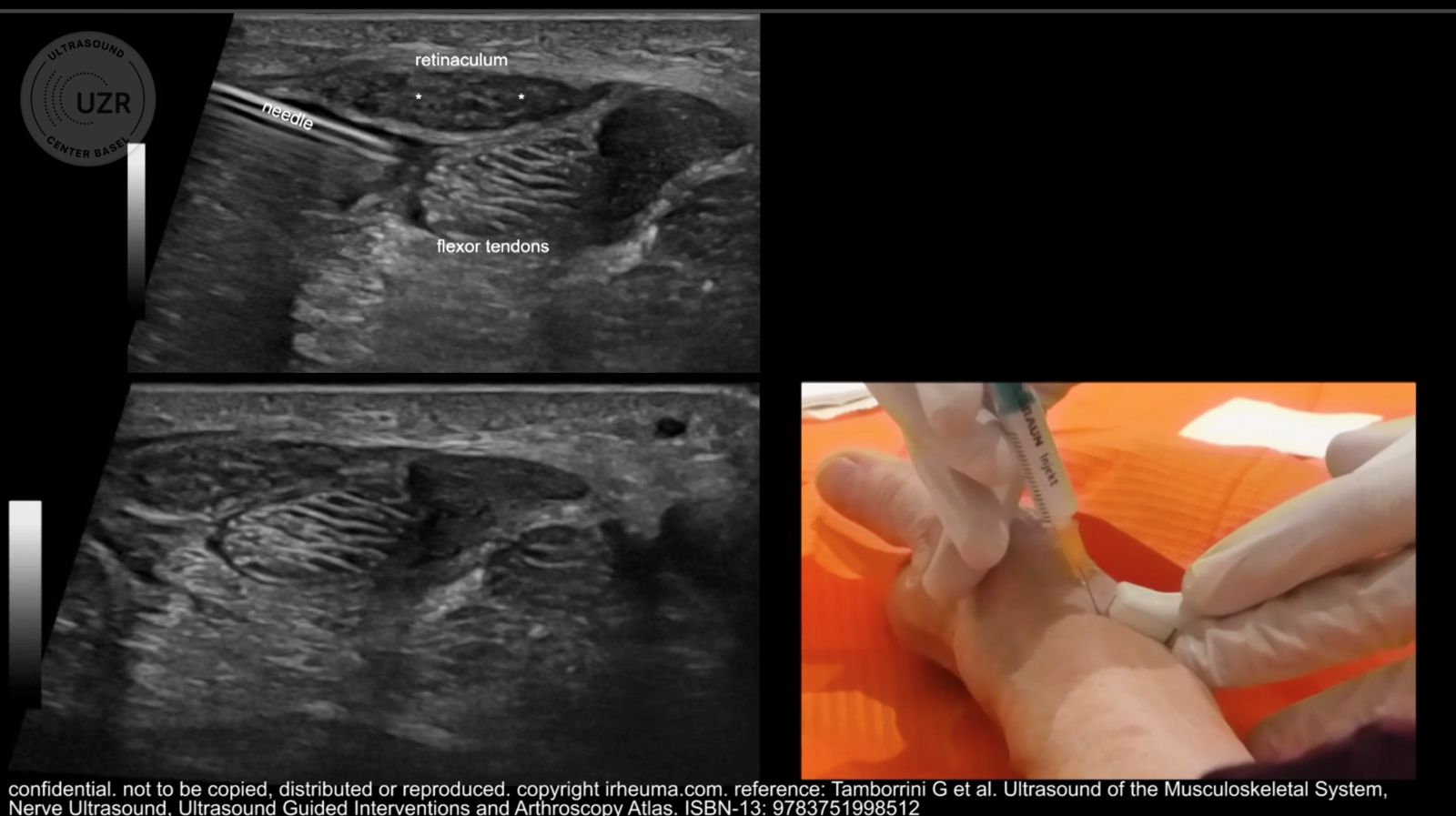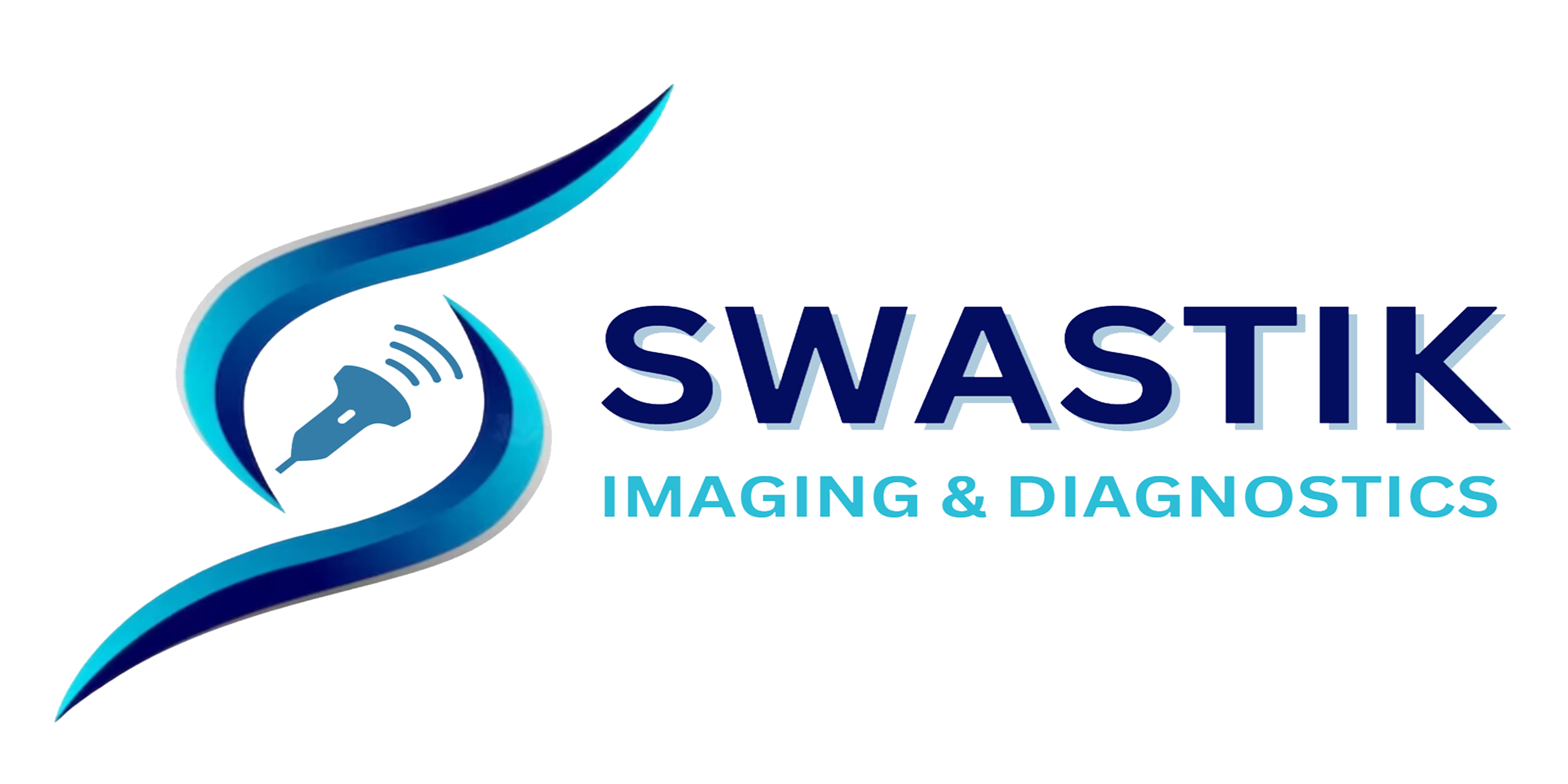Ultrasound-Guided Interventions
The procedure for ultrasound-guided interventions typically involves the following steps:

Safety Considerations
Ultrasound-guided interventions prioritize patient safety. The real-time imaging minimizes the risk of damaging nearby structures, reduces complications, and ensures the accuracy of procedures. Additionally, the use of ultrasound does not involve ionizing radiation, making it safe for multiple uses and suitable for pregnant women and children.
Applications of Ultrasound-Guided Interventions
Ultrasound-guided interventions find extensive use across various medical specialties, including:
Pain Management: Guided injections into joints or nerves to manage pain and inflammation.
Biopsy: Precise targeting of tissue samples for diagnostic purposes, such as detecting cancer.
Vascular Access: Placing central lines, catheters, or intravenous lines accurately for medications and treatments.
Fetal Medicine: Performing prenatal procedures and interventions, such as amniocentesis or fetal blood sampling.
Benefits of Ultrasound-Guided Interventions
The advantages of ultrasound-guided interventions are substantial:
Precision: Real-time imaging allows for precise targeting, reducing the risk of errors and complications during procedures.
Minimally Invasive: These interventions often replace more invasive surgical procedures, leading to shorter recovery times and reduced patient discomfort.
Real-Time Monitoring: Continuous monitoring ensures immediate adjustments if necessary, increasing the success rate of procedures.
Versatility: Ultrasound-guided interventions can be used in various medical specialties, expanding their applications and benefits.
